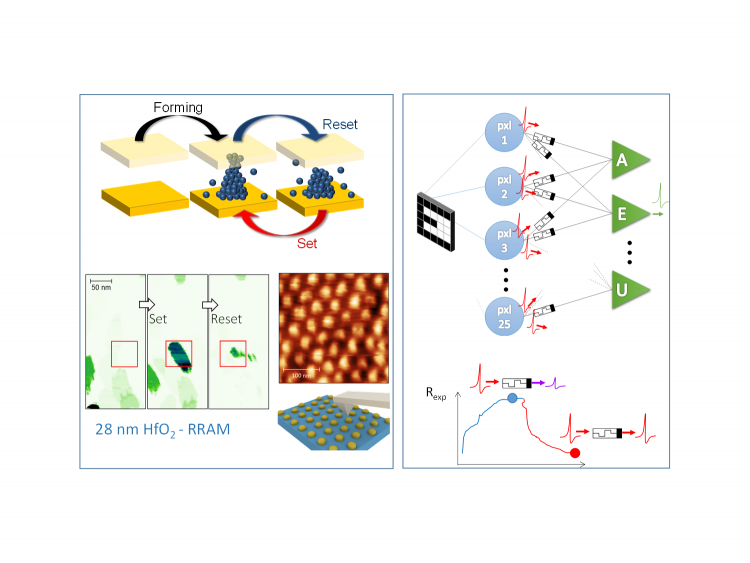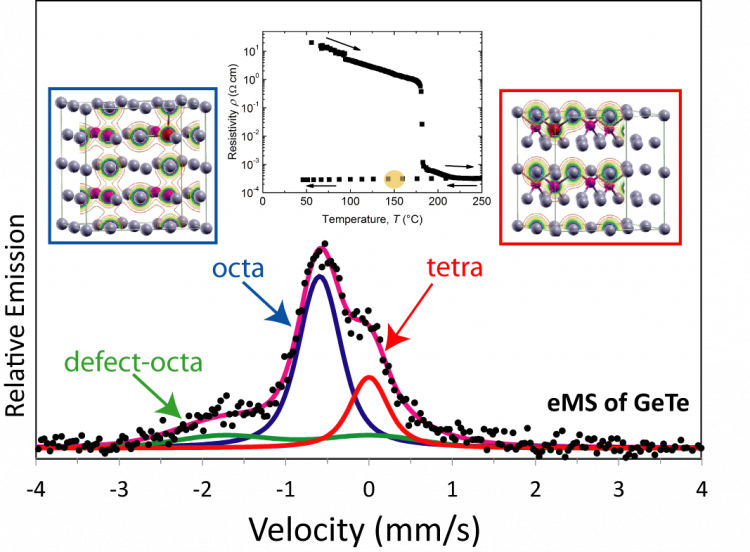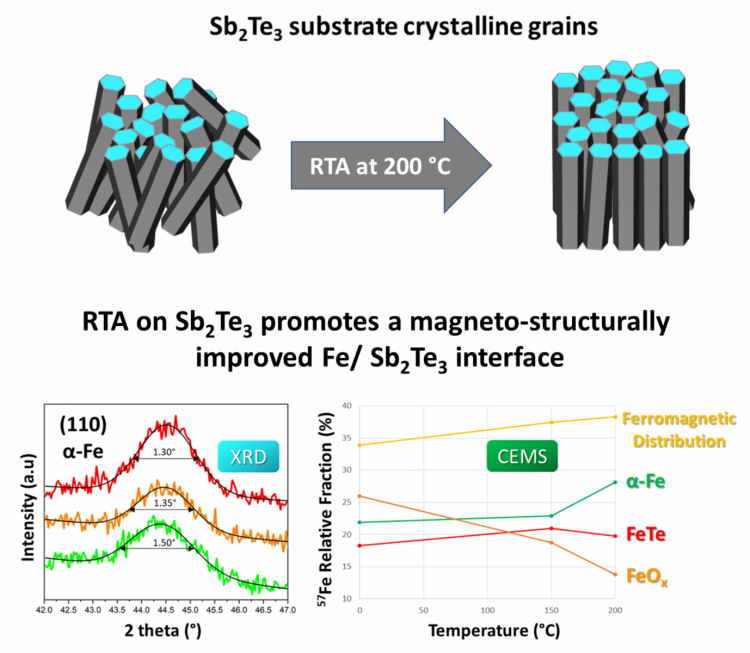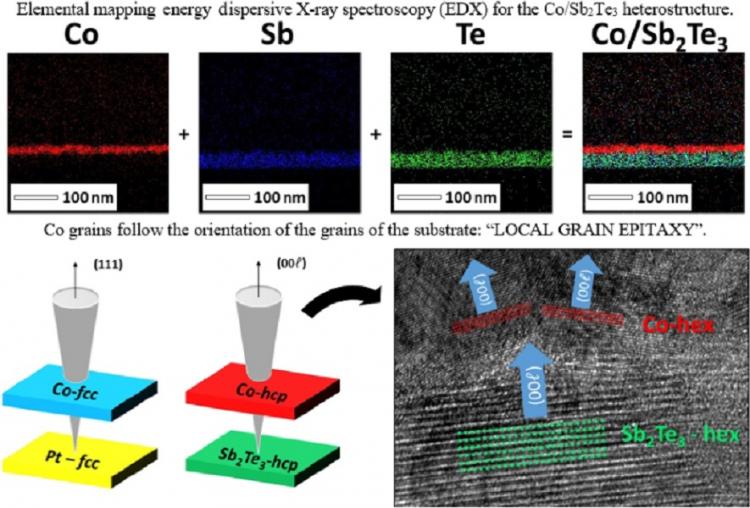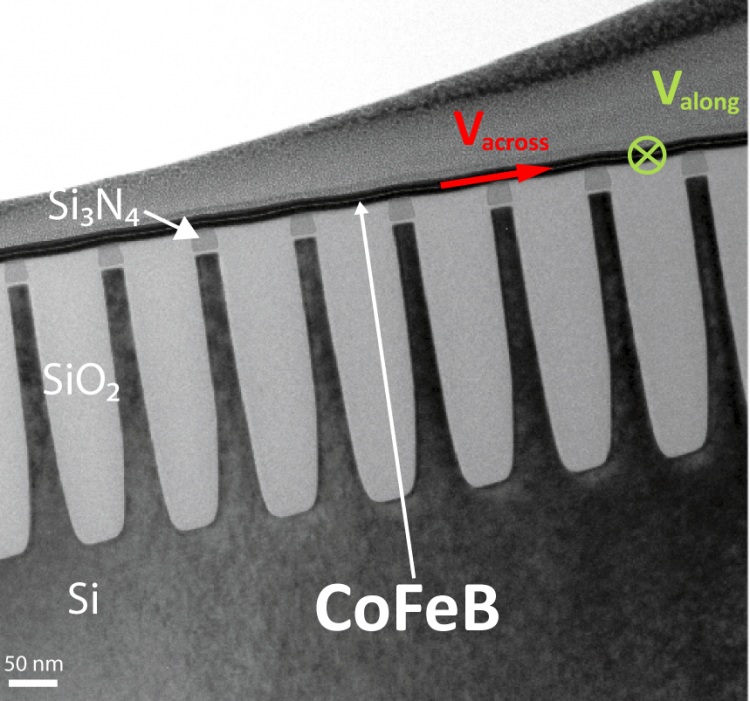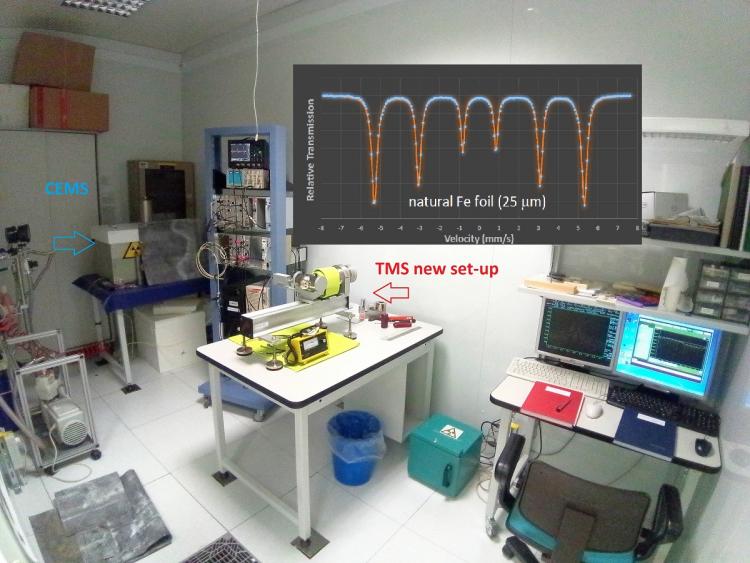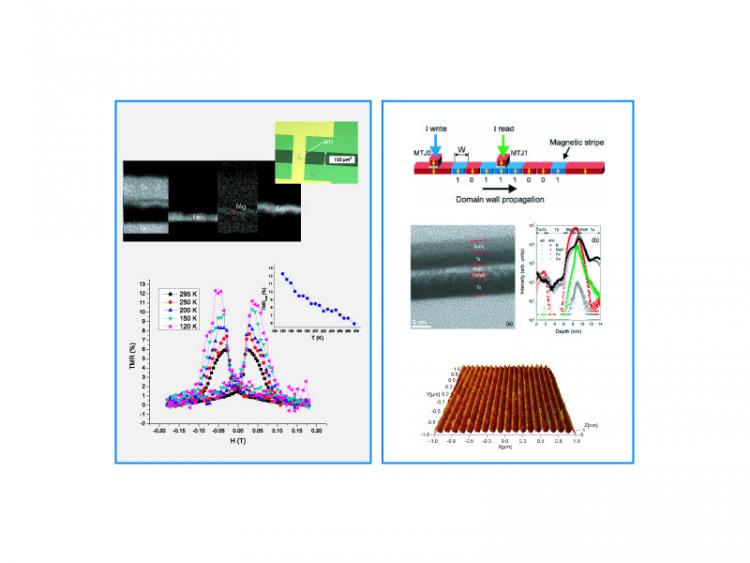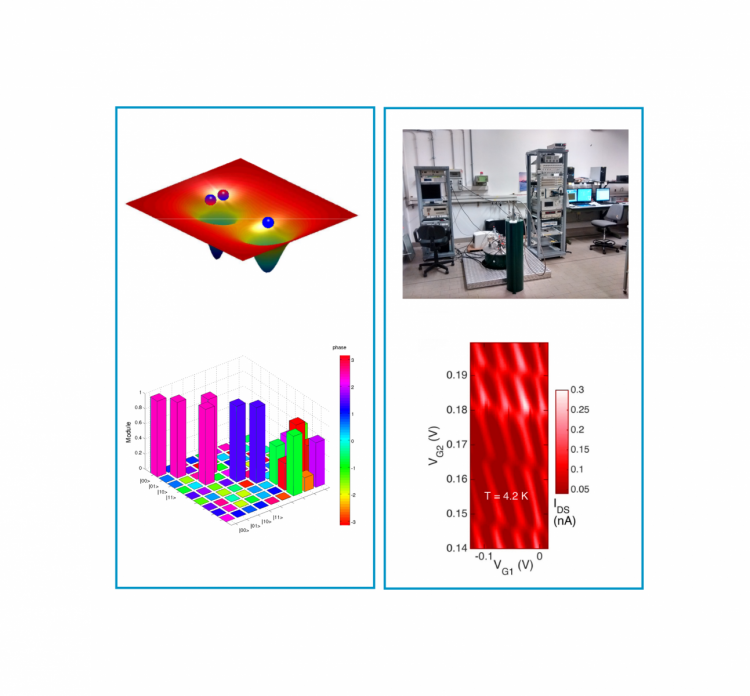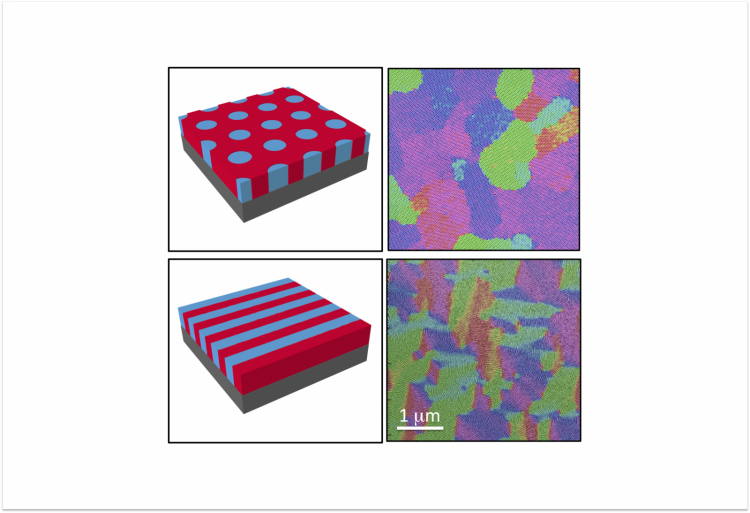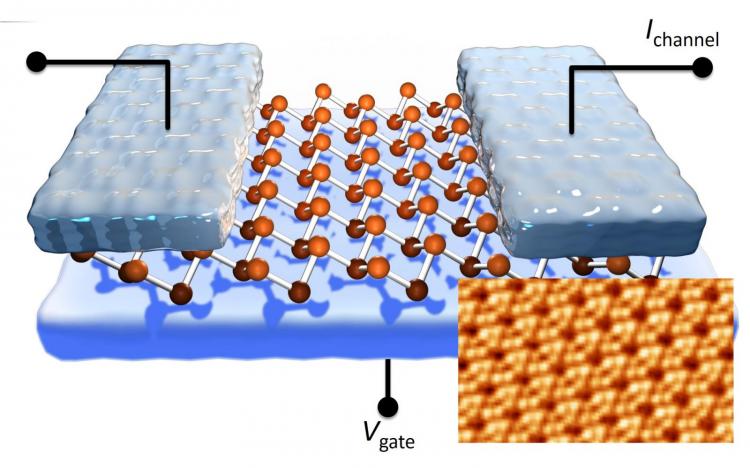Memristive systems represent today a disruptive technology for the semiconductor industry towards several applications such as data storage (non-volatile memories), non-...
Devices for Information Storage and Processing
The unique method of 57Fe emission Mössbauer spectroscopy (eMS), as performed at the large-scale facility of ISOLDE at CERN, was employed to reveal, at the most atomic-scale,...
Topological insulators are in the focus for enhancing spin‐to‐charge conversions when in contact with ferromagnets, and to optimize the interface is demanding. In our paper published in Advanced...
Controlling the motion of magnetic domain walls (DWs) in ultrathin films with perpendicular magnetic anisotropy (PMA) has opened perspectives for mass-storage applications such as “racetrack...
From October 2018, the CNR-IMM Unit of Agrate Brianza is equipped with a new set-up to perform Transmission Mössbauer Spectroscopy (TMS), which has been developed in the framework of CYBER-SORT, a...
This research activity at IMM Agrate is mainly focused on the use of chemical methods such as atomic layer deposition (ALD) and chemical vapour deposition (CVD) to synthesize materials for...
CMOS technology exploitation is crucial to fabricate in a reliable manner nanodevices where different qubits based on spin degree of freedom can be implemented. One on the goals...
Development of new bottom-up approaches for the synthesis of functional nanostructured materials with typical feature dimension well below 20 nm. The focus of this research...
Two-dimensional (2D) crystals beyond graphene are a new frontier in materials science that is currently having a tremendous impact on the nanotechnology of advanced materials. In the present...



